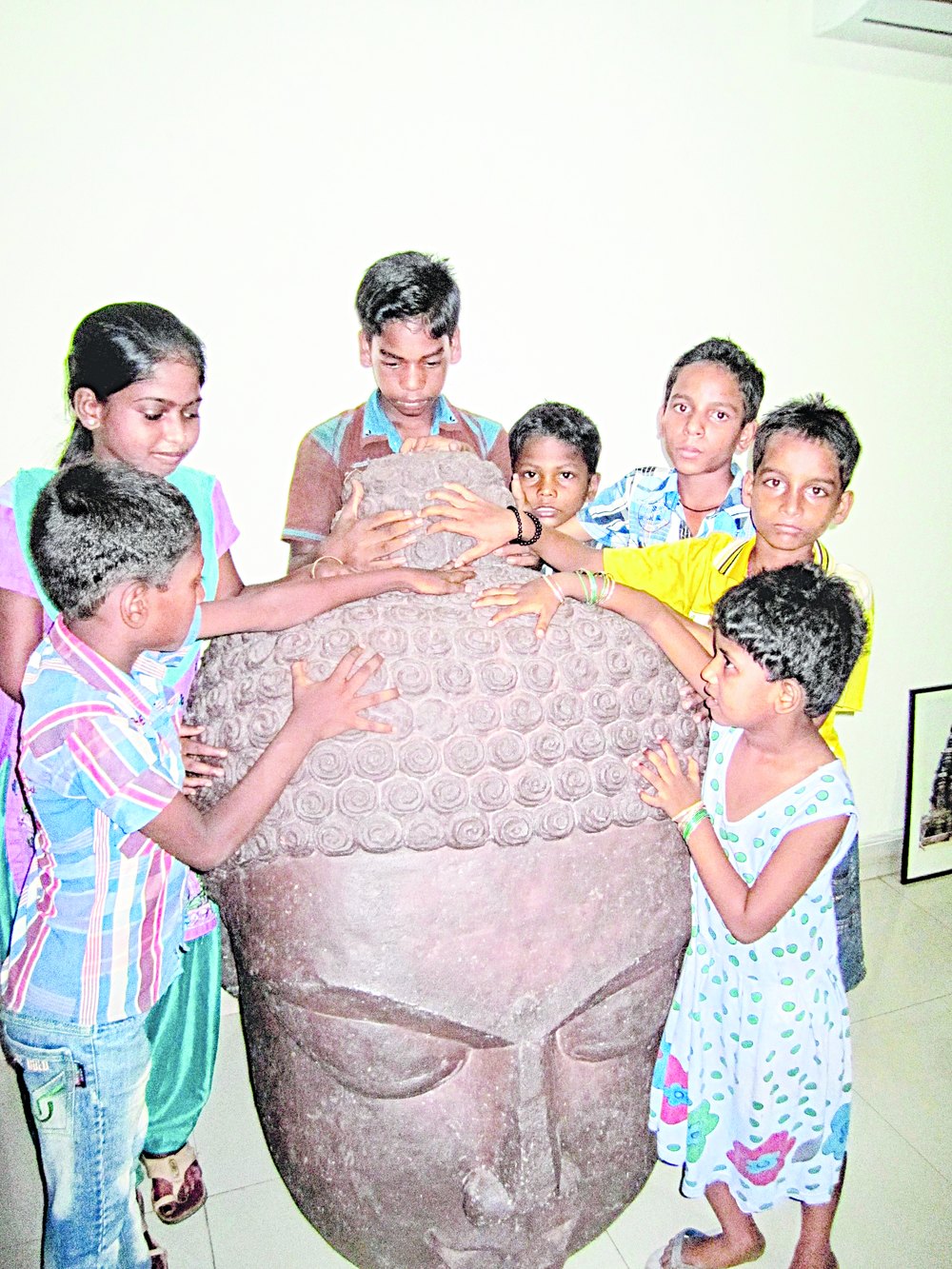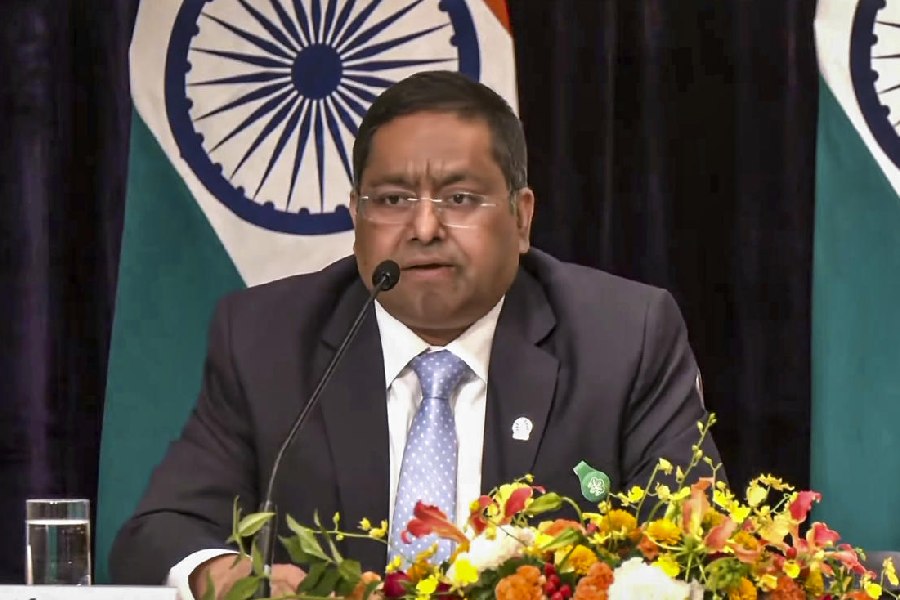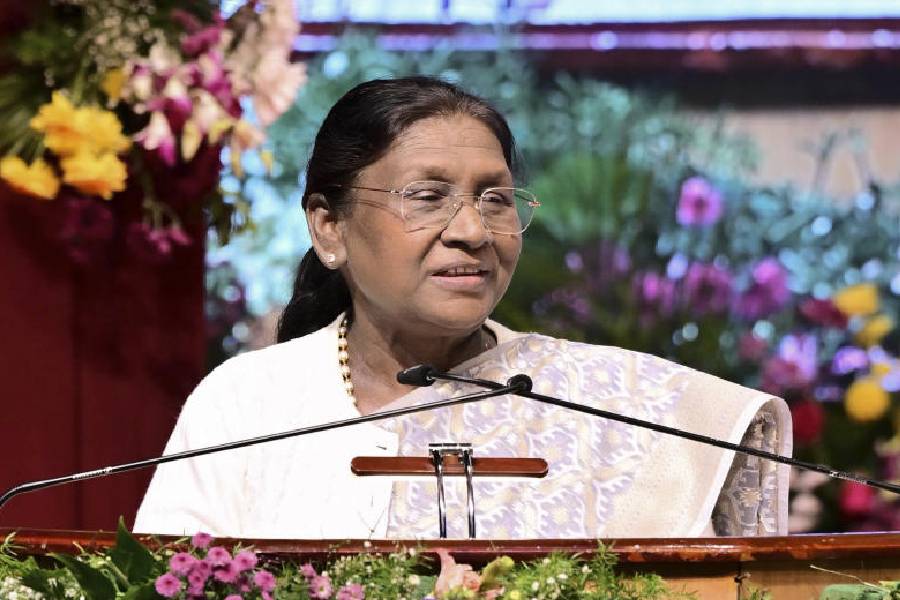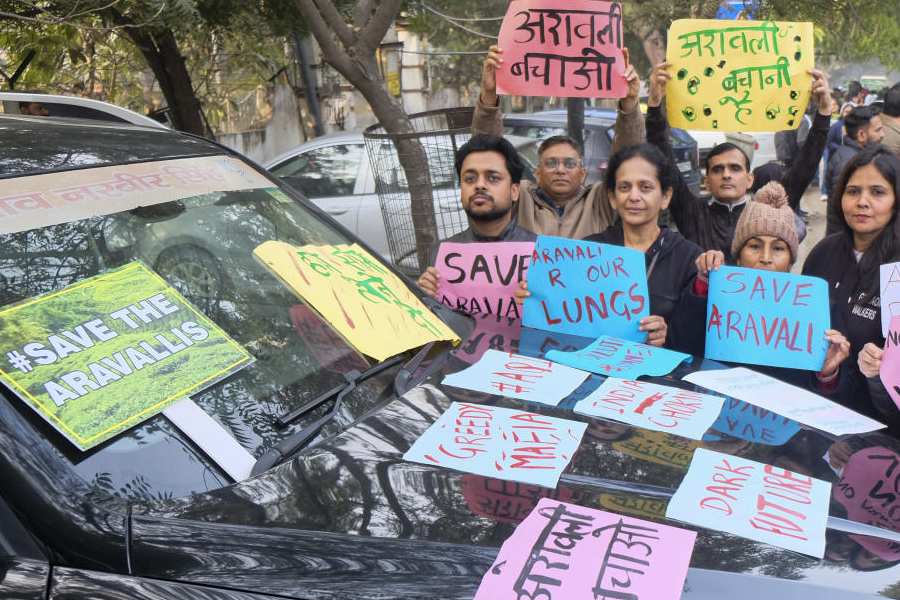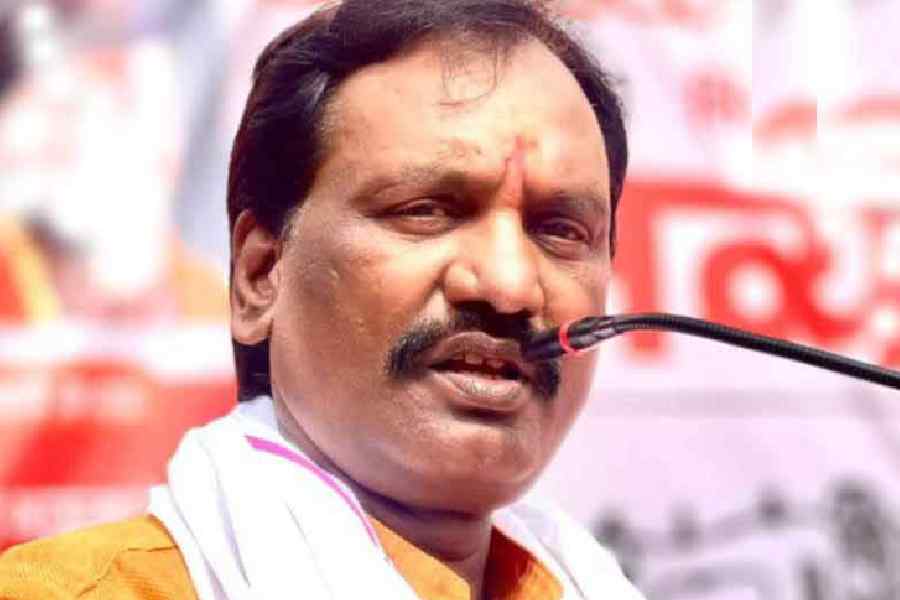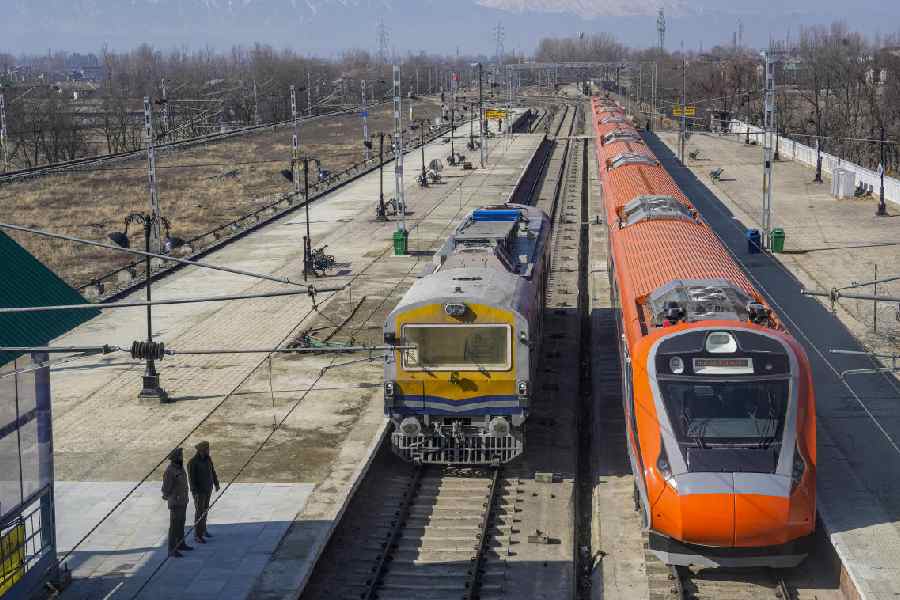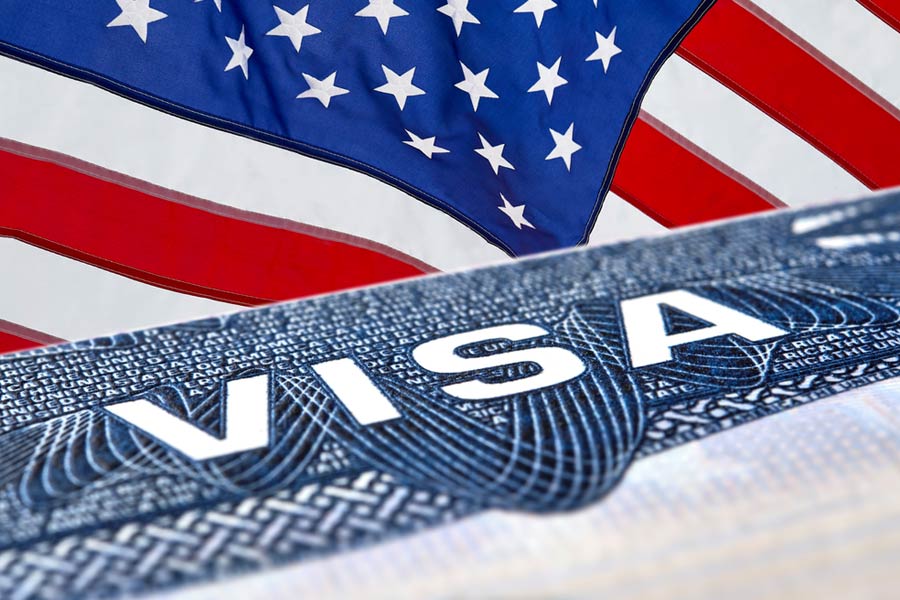
Bhubaneswar, May 17: Children visiting the Ratnagiri museum can now have a great learning experience - play with the life-size replicas of the rare artefacts preserved by the Archaeological Survey of India (ASI).
Incidentally, the Ratnagiri museum is the first ASI museum in the country to have taken the intelligent initiative.
"We have started this new concept so that kids coming here can have first hand experience of dealing with replicas of historical objects. Museums are the storehouse of knowledge and ours being a major Buddhist site, can give them a unique experience," said Sushant Kumar Kar, the assistant superintending archaeologist of the museum.
Kar said the kids' corner at Ratnagiri ASI museum would be thrown open to children tomorrow on the occasion of International Museum Day.
Yesterday during a visit to the museum, a group of students from the nearby Ratnagiri High School had a hands-on experience of touching and playing with the historic replicas. "We never had such an experience as we were not allowed to touch the display objects. Now we can feel some of them and know the contour, design and the way they were crafted," said Chirasmita Mallick, a Class VII student of Ratnagiri High School.
Sheikh Akbar Ali, who is a friend of Chirasmita said: "The authorities have only three historical objects that the kids are allowed to handle. They should have more for such artefacts."
The assistant superintending archaeologist of the museum said: "We have planned to add more fibre models in the near future. The life-size model of Asta Mahabhaya Tara is an interesting piece of art, which was worshipped by Buddhist followers to diffuse eight different fears. The deity was remembered during ship wreck, snakebites, elephant and lion attacks, fire, theft, murderous attacks and fear from spirits and ghosts."
The other two fibre models that are available at the kids' corner are a beautiful head of Buddha (which is unique to Ratnagiri) and a statue of Padmapani (Bodhisatva with a lotus in hand).
With rare objects excavated from the nearby Buddhist site by eminent historian Debala Mitra during 1958 and 1961, the museum boasts of four huge galleries with 252 rare antiquities, most of them based on tantric Buddhism.

